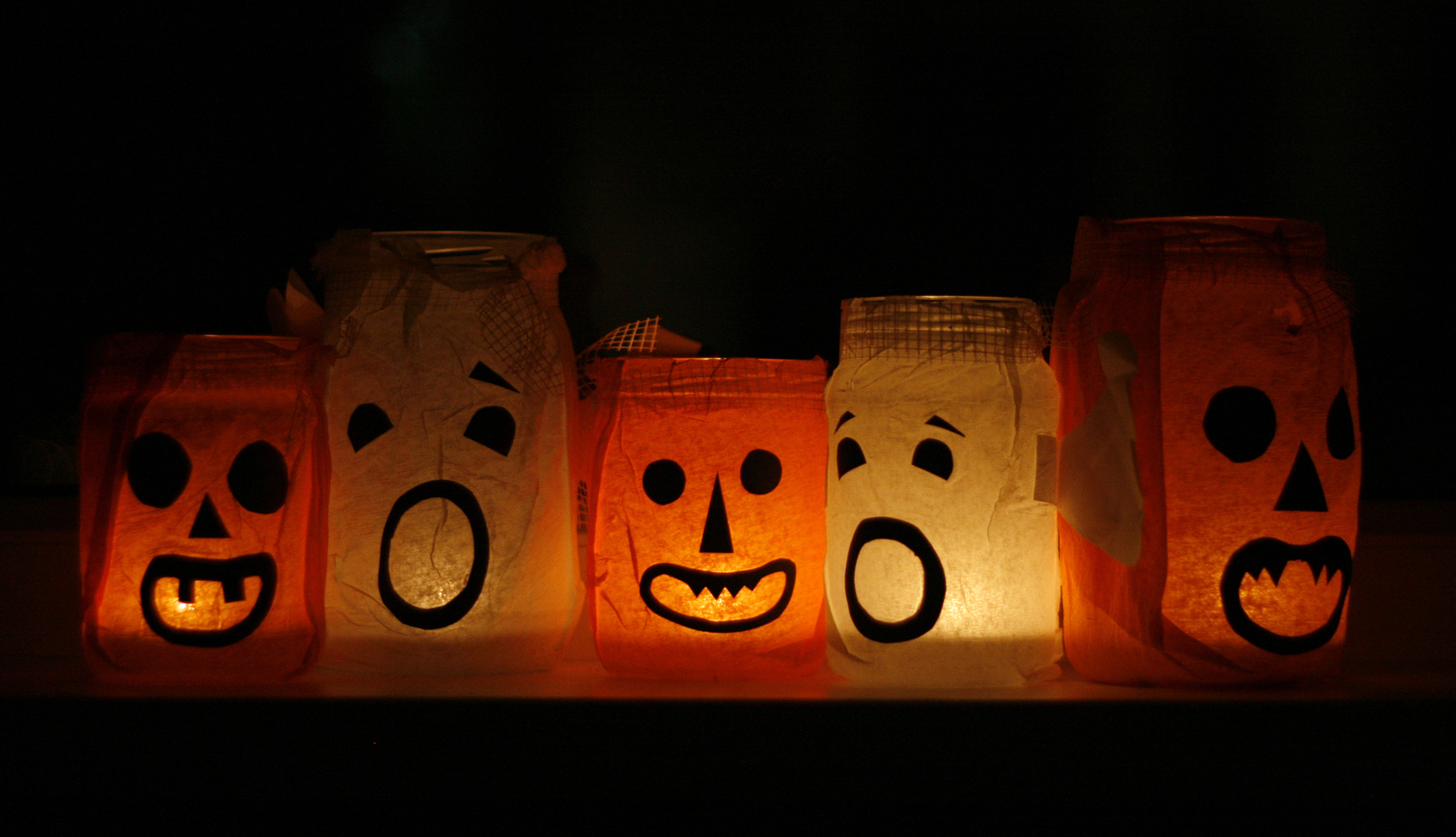Fall back efficiently: Five ways homeowners can save on lighting costs as daylight saving time ends

Have a green Halloween! Set the mood for a spooky atmosphere by using LED lightbulbs and candles to decorate your home (Photo by: FreeImages.com/kasiakay).
This Sunday, Nov. 1 at 2 a.m., officially marks the end of daylight saving time. Sure, we don’t mind the extra hour of sleep. But with a new light-dark cycle and less sunlight to enjoy, we might experience an increased demand for lighting consumption.
An average American household already spends 5 percent of its energy budget on lighting, according to the U.S. Department of Energy. With many ways to lower your electricity bill, upgrading your lighting choice can be one of the quickest ways to achieve this goal.
In fact, replacing 15 inefficient incandescent bulbs in your home with energy-saving bulbs could save about $50 annually. Making simple and small changes like this, can lead to a big collective impact. This week, we’ve put together five ways for using lighting efficiently.
Energy-Saving Tips for Lighting:
- Energy-efficient light bulbs have come a long way. Switch your incandescent light bulbs with light-emitting diodes (LEDs). Energy STAR certified light bulbs last 10 to 25 times longer and can save up to $80 in electricity costs over its lifetime.
- Maximize your use of natural light as much as possible. Keep your curtains or blinds open during the day and let the light pour in. You can also manipulate natural light by using white or lighter colored curtains.
- Turn off all unnecessary lighting and eliminate phantom power. Like appliances and electronics, night lights and lamps that are plugged-in are still using energy.
- Invest in programmable controls to automatically turn lights on and off as needed. As we move from room to room, we often don’t notice when we leave lights on. Programmable sensors can reduce energy used for lighting by as much as 30 percent.
- Dusty bulbs and reflectors can decrease lighting efficiency. The Edison Electronic Institute advises that we keep lighting fixtures clean and free of any dirt or grime.
We hope you apply these simple energy tips to your home. You can also learn how to get innovative financing for energy efficiency improvements to your home through our Be SMART Home Loan program, which covers lighting retrofit. Be SMART offers flexible financing of up to $25,000 for eligible homeowners.
For more ways on how to save energy, visit the U.S. Department of Energy‘s Energy Saver blog.
We’ll regularly share a new topic so don’t forget to subscribe to our blog.
